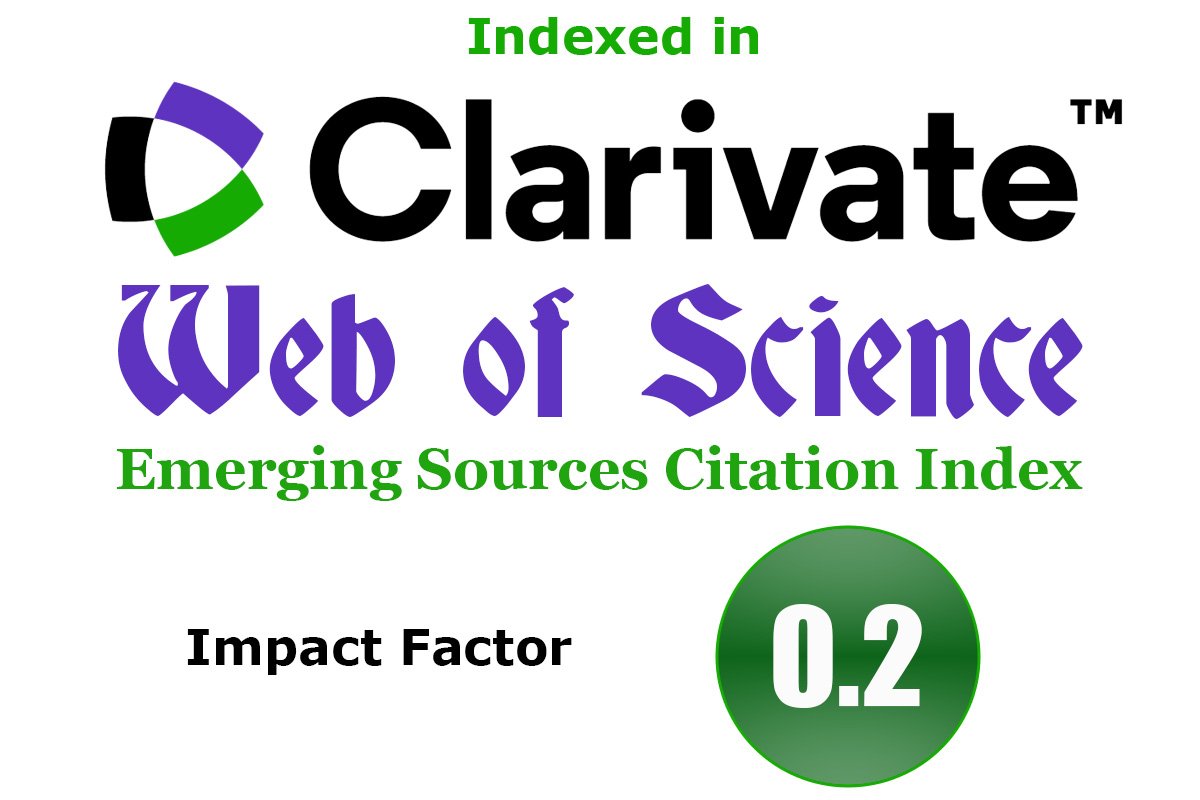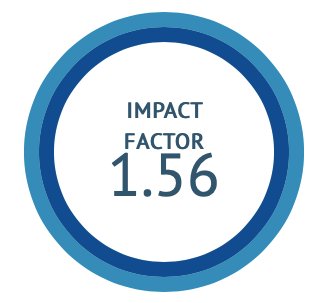Potential implications of Ayurvedic treatment along with Marma chikitsa and Indian classical music therapy in Ardhavabhedak i.e (Migraine without aura)
DOI:
https://doi.org/10.47552/ijam.v16i1.5329Keywords:
Ardhavabhedak, Migraine, Nasya, Marma chikitsa, Raga MohanamAbstract
The brain is the most complex organ of the human body. It is the crown jewel of the body as it performs various essential functions. Globally, headache disorders affect approximately 40% of the population, nearly 3.1 billion people in 2021(1). It is more common in females as compared to males. Headache disorders ranked third (after stroke and dementia) in accounting for overall neurological disease burden as measured by age-standardized disability-adjusted life years (DALYs) in 2019. It comes with a constellation of things that it impacts person’s activities of daily living and affect their ability to do things that they love the most. Migraine without aura is a recurrent and debilitating disorder having pulsatile, unilateral moderate to severe headache lasting from 2-72 hours. Associated symptoms include nausea, vomiting, photosensitivity and phonosensitivity. In Ayurveda it is correlated with one of the Shirorogas i.e Ardhavabhedak. According to Acharya Charaka it is Vata-Kaphaja and according to Acharya Sushrut it is Tridoshaja vyadhi. In this case study, a male patient of middle age suffering from chronic severe migraine was treated with the Ayurveda medications and panchakarma resulting in significant relief. An additional Marma chikitsa and Indian classical music i.e Raga Mohanam therapy was also given. The integrative treatment modality has shown significant relief in reducing the episodes and intensity of pain of Migraine (Ardhavabhedak).
Downloads
Published
How to Cite
Issue
Section
License
Copyright (c) 2025 International Journal of Ayurvedic Medicine

This work is licensed under a Creative Commons Attribution-NonCommercial-ShareAlike 4.0 International License.
The author hereby transfers, assigns, or conveys all copyright ownership to the International Journal of Ayurvedic Medicine (IJAM). By this transfer, the article becomes the property of the IJAM and may not be published elsewhere without written permission from the IJAM.
This transfer of copyright also implies transfer of rights for printed, electronic, microfilm, and facsimile publication. No royalty or other monetary compensation will be received for transferring the copyright of the article to the IJAM.
The IJAM, in turn, grants each author the right to republish the article in any book for which he or she is the author or editor, without paying royalties to the IJAM, subject to the express conditions that (a) the author notify IJAM in advance in writing of this republication and (b) a credit line attributes the original publication to IJAM.




